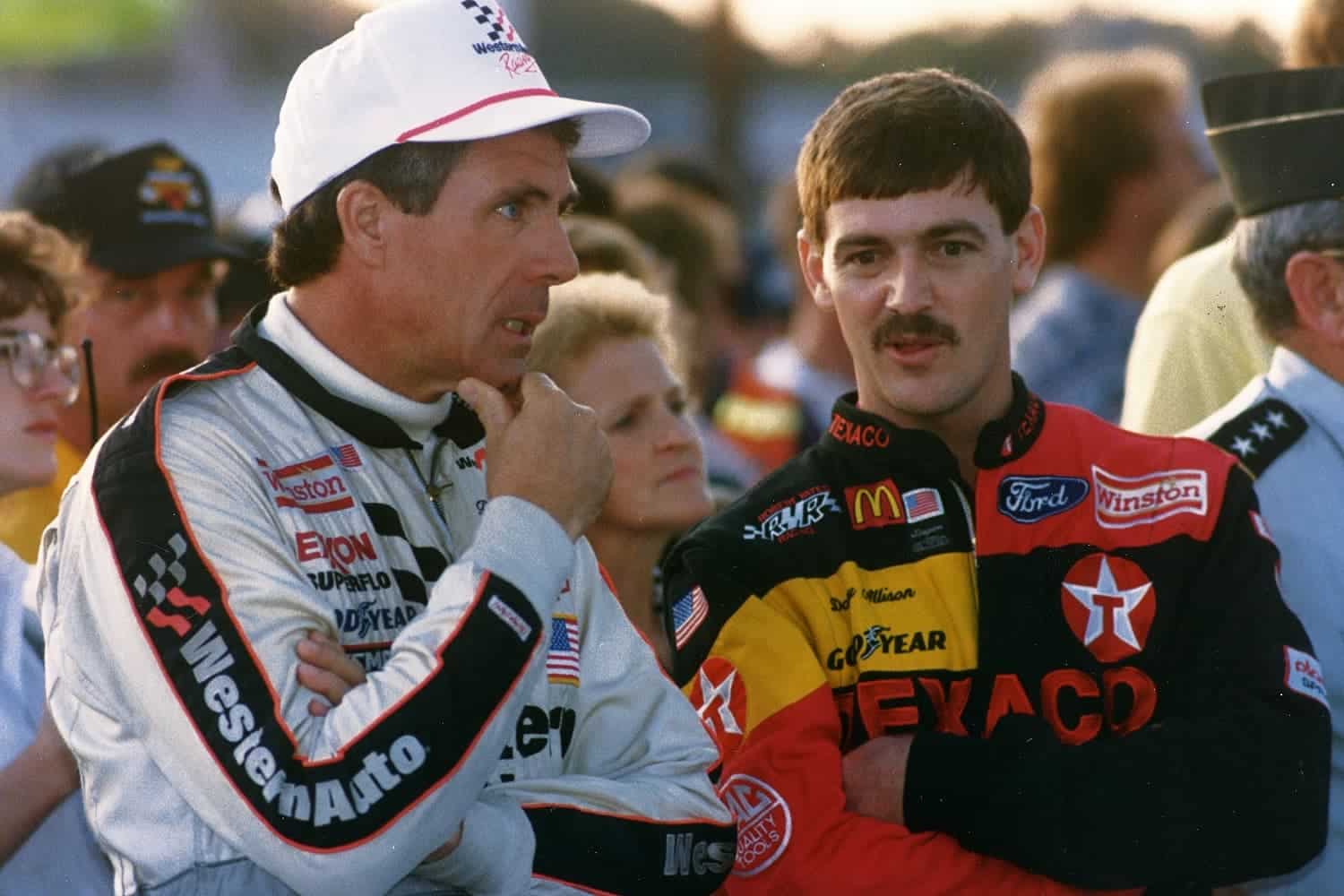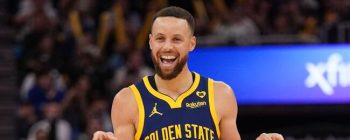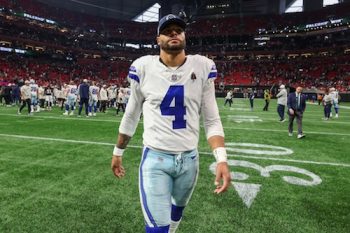NASCAR
North Wilkesboro Gave the All-Star Race Its Best Reboot Since 1992

It’s gone through name changes and venue changes, but Sunday’s All-Star Race delivered what was needed most: an energy boost. North Wilkesboro Speedway, abandoned by NASCAR long ago and refurbished at warp speed in the past year, was electric all weekend, even if Kyle Larson ran away from the field and hid.
NASCAR needed the lift, just as it needed to move the Busch Light Clash away from Daytona Speedweeks to give it a fresh feel. The difference is that the novelty has already worn off racing at the Los Angeles Coliseum. That’s not going to happen nearly so quickly with the All-Star Race should it remain at North Wilkesboro.
Sunday’s boost to the event is similar to the lift Humpy Wheeler gave it in 1992.
The All-Star Race started in Charlotte in 1985

The decision to bring Darrell Waltrip onto the FS1 telecast of Sunday’s All-Star Race was no accident. “DW” won the inaugural edition in 1985 at Charlotte Motor Speedway, when it was known as The Winston.
The following year, Bill Elliott triumphed at Atlanta Motor Speedway. It returned to Charlotte for the next 33 years before the pandemic caused a shift to Bristol Motor Speedway in 2020. Kyle Larson and Ryan Blaney captured the 2021 and ’22 races, respectively, at Texas Motor Speedway.
Jimmie Johnson is the standard by which All-Star Race drivers are measured. He won when it was known as The Winston (2003), the Nextel All-Star Challenge (2006), and the Sprint All-Star Race (2012 and ’13). It’s now simply the NASCAR All-Star Race.
Kyle Larson scored his third All-Star Race win on Sunday, each at a different track.
‘One Hot Night’ broke new ground for the All-Star Race
The novelty of the All-Star Race hadn’t really worn off after the first seven runnings, in which Dale Earnhardt scored two of his three wins. Still, it needed a kick-start to create fresh attention in 1992, and Charlotte Motor Speedway czar Humpy Wheeler delivered it by moving the spectacle under the lights.
Aside from attracting a new audience, Wheeler’s idea for “One Hot Night” assured that Charlotte would hold on to the race for another quarter of a century. The first major big-track NASCAR race conducted at night was yet another turning point for the sport.
All it took was one of the most expensive installations of lights ever conceived for a sporting event. It attracted more than 100,000 fans and turned the All-Star Race into a Cup Series staple that has endured.
Davey Allison defended his title after a late incident
The legendary Dale Earnhardt was on his way to a third All-Star Race victory that night in 1992 when he lost control of the backstretch with the white flag flying. Kyle Petty roared past, but defending champion Davey Allison was close behind.
They raced side-by-side to the checkered flag, with Allison’s Robert Yates Racing Ford (with Larry McReynolds serving as the crew chief) getting there first. However, the competitors crashed at the line, and the No. 22 car slammed the outside wall.
Allison missed the Victory Lane celebration. He was transported to an area hospital by helicopter and treated for a concussion and a bruised lung. A week later, Allison placed fourth in the Coca-Cola 600 behind Earnhardt, Ernie Irvan, and Petty.
Sunday’s finish was not nearly as dramatic. Kyle Larson went to the back of the field after an early speeding penalty, worked his way to the lead less than 40 laps later, and cruised to victory to cap a weekend celebrating North Wilkesboro’s return to NASCAR.
Got a question or observation about racing? Sportscasting’s John Moriello does a mailbag column each Friday. Write to him at Jo***@Sp***********.com .











